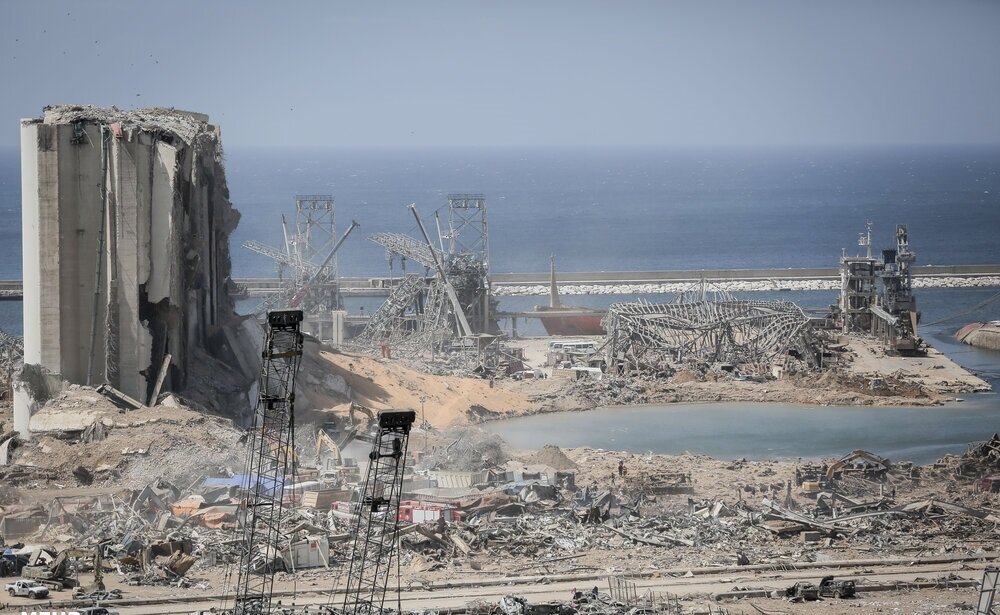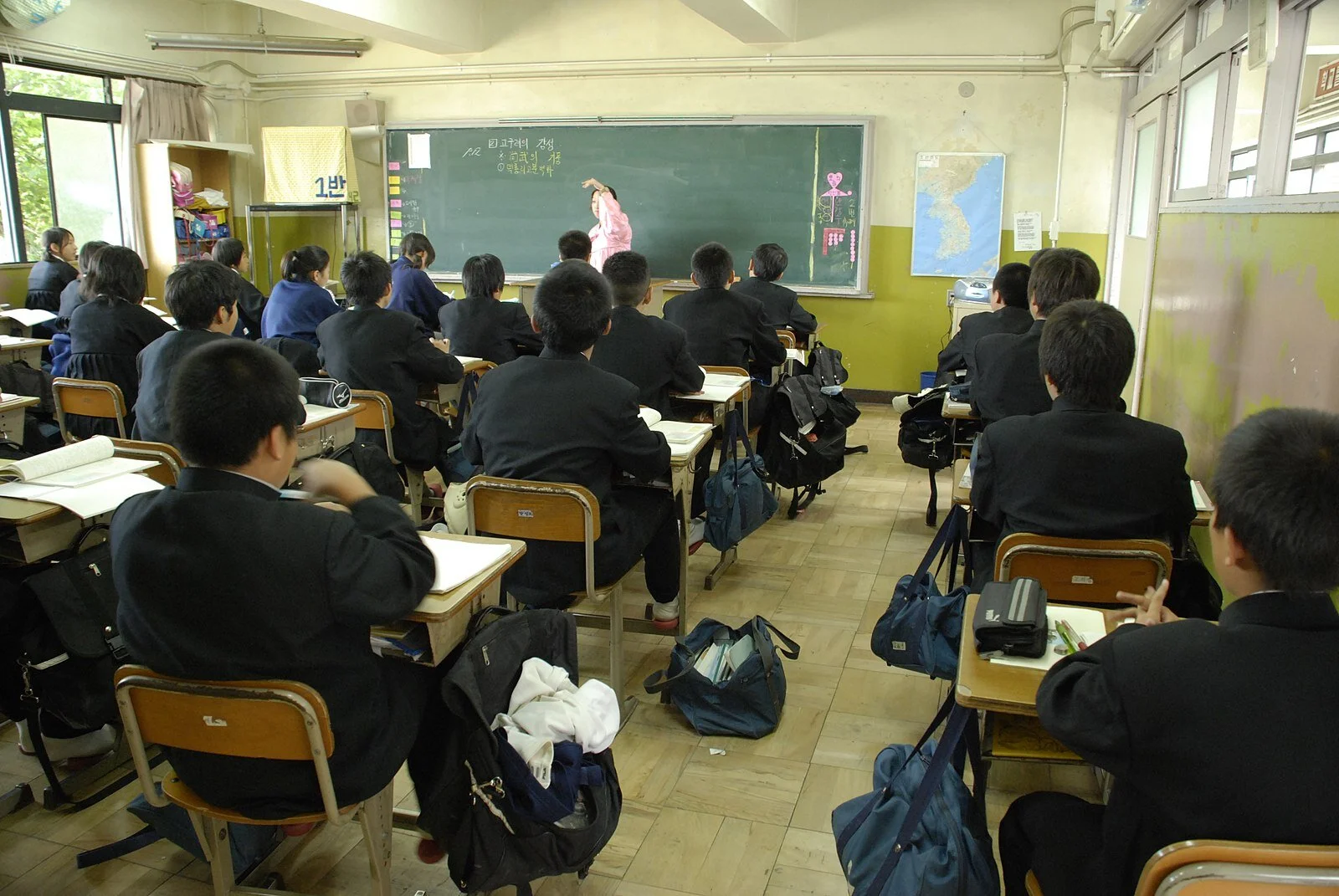Lebanon’s Economic Crisis: Corruption and Regional Power Struggles
A nation once known as the Switzerland of Middle East, Lebanon is facing an economic and financial crisis that threatens to destabilise the weakened state. Yet, just two years ago, Lebanon was considered a high middle-income country. Now, 78% of Lebanese are estimated to live below the poverty line, with extreme poverty reaching as high as 36%. Real GDP growth contracted by 20.3% in 2020 and inflation reached triple digits, whilst the exchange rate continues to lose value.
Lebanon’s ski resorts, which once drove the country’s tourist industry, are operating at partial capacity as the oil needed to power generators for chair lifts is too costly. In Lebanon’s capital, Beirut, fuel shortages have meant that the country’s main public hospital faces regular power outages, alongside medicine shortages that mean that patients are dying from previously treatable conditions. Lebanon’s poor conditions have also resulted in a mass exodus of the country’s skilled workers, who seek to gain work in a country whose infrastructure is not crumbling around them and that pays a salary they are able to live on, as some Lebanese medical staff have lost up to 90% of the value of their salaries.
This economic disaster is creating a large humanitarian crisis, with reports that individuals, previously employed in stable careers are now attempting to sell kidneys to survive. As Najat Rochdi, UN Resident and Humanitarian Coordinator for Lebanon, recently explained, ‘more and more Lebanese households are unable to afford basic expenses like food, health, electricity, water, internet, fuel and education’ and, as a result, ‘surviving has become their only goal’. So what caused this crisis, and what are the potential avenues for its resolution before it escalates further?
Foundations of the Crisis
While the precariousness of Lebanon’s financial position has drastically increased over the past year, the factors that led to the country’s economic crisis were sown long before the explosion at Beirut port on 4th August 2020; one of the largest non-nuclear explosions in history that pulverised the port and damaged over half the city. The explosion, which rendered half of Beirut’s healthcare centres non-functional and caused extensive infrastructure damage—including transport, energy, water supply and sanitation services—highlighted to an international audience decades of government mismanagement and corruption. Until September, Lebanon had been without a government after Hassan Diab resigned his post as Prime Minister following the blast.
Lebanon has not always faced this paucity of effective leadership. In 1943, Lebanese Christian and Muslim leaders forged an unwritten National Pact post-independence, designed to facilitate corporation between the two groups. An independent country, Lebanon’s government recognised its mesh of both European and Arabic cultures and viewed the nation as a refuge for the region's minorities. The open policy adopted by the government at this time, and the country’s high literacy rate, enabled over three decades of prosperity under a free-market economy that led Lebanon to be known as the most democratic country in the Arab league and a vital link between the East and West.
However, the period of prosperity came to an end when, from 1975 to 1990, the country was embroiled in a civil war, stemming from the deterioration of the Lebanese state and the emergence of militias that provided security when the state was unable to do so. These militias, formed mainly based on communal lines, saw increasing divisions within the country based on religion and ethnicity. The Lebanese Front, led by the Phalangists, represented Maronite Christian clans; the Lebanese National Movement, formed by a coalition of secular leftists and Sunni Muslims, were sympathetic to Arab nationalism; and the Amal movement and Palestine Liberation Organisation represented Lebanon’s large Palestinian refugee population. A growing crisis of insecurity occurred as the state was increasingly unable to maintain a monopoly of force, and so these groups gained power and influence.
The war was also exacerbated by the presence of Syria, Israel, and the splintered Lebanese army. Syria’s dictator, Hafez Asad, indicated his intentions to annex Lebanon on August 1973, announcing that, ‘Lebanon and Syria are one country and one people yet are run by two governments’. Many Syrian nationalists refused to recognise the separation of Lebanon from Syria, conducted by the French in 1920, and so the two countries’ fates are often seen as closely entwined. Additionally, Syria occupied Lebanon from 1976 to 2005, having a dramatic impact on the country’s political dynamics, offering an explanation for the significant spill over of the Syrian conflict in Lebanon, and why there is a sense in Lebanon that its own future is tied to the outcome.
After the resolution of the civil war in Lebanon, the rebuilding process was derailed by corruption and mismanagement as extensive borrowing occurred with few restraints. The downtown area of Beirut, which was flattened during the civil war, was rebuilt with new skyscrapers; yet there was very little progress in improving the overall infrastructure of the country. As Lebanon accumulated a debt equivalent to 152% of national output, this mismanagement created the conditions for the current situation, in which the state is unable to keep the lights on even within the country’s capital.
This mismanagement was further exacerbated by the fact that one of the most historically reliable sources of dollars for the nation was through the Lebanese diaspora, of which millions went abroad to work. Yet, with the rising of influence of Iran via Hezbollah in Lebanon, Sunni Muslim Gulf States turned away from the country. Lebanon also faced isolation as much of the Middle East, including Syria, descended into chaos. However, despite increasing monetary concerns, politicians splurged on a public sector pay rise before the 2018 elections.
This lack of fiscal responsibility, and other instances of political corruption, meant that when the Lebanese cabinet announced new taxes in October of 2019, including a tax on Whatsapp calls, tens of thousands of protesters took to the streets calling for an end to corruption and the resignation of all political representatives. These protests did lead to measures including slashing politicians’ salaries by half and giving financial aid to families living in poverty. Yet, following the Beirut port explosion the following year, subsequent protests saw Lebanon’s government resign, as the incident was viewed as the deadly result of years of corruption and mismanagement. Therefore, Lebanon’s current situation has been a result of rampant corruption and a devastating civil war, which, combined with increasing regional instability, has proven incredibly difficult to resolve.
Current Situation and Possible Resolution
Today, Lebanon is facing an increasingly desperate situation, with World Food Programme spokeswoman Rasha Abou Dargham stating that they’ve ‘never seen these growing needs among the Lebanese population before’.
Yet recently there is a growing potential for change. In September, Lebanese leaders finally agreed upon a new government led by billionaire Sunni Muslim Najib Mikati. In his first interview with the international media, he stated, “I'm doing the quick, the quick fixes that (need) to be done immediately, especially in energy, health, education, work and transparency, to show the Lebanese that there is a governance. There is transparency. That's what we are trying to do. And hopefully it will take.” The election creates the opportunity for the country to engage in talks with the International Monetary Fund, seek support from other Arab countries, and work on routing corruption within the political systems of the country.
However, while these developments are significant, and certainly the government is using active rhetoric to assuage the population’s fears and growing discontent, the question remains to be seen as to whether Lebanon’s leaders can implement change. Although, better than no government, many leading figures within the country’s traditional and corrupt power structures are still present in the new administration. Until a new structure is created, it seems unlikely that the government will be able make the significant changes it needs to restructure public debt, which would interfere with Lebanese bankers and their political partners, who are making windfall profits from the current market dynamics in the country. Therefore, it remains to be seen how capable the government will be in reforming the corrupted political and social systems.
What may have more of an impact than domestic politics is the shifting geopolitics of the Middle Eastern region. The withdrawal of the US from Afghanistan could also prove beneficial to Lebanon. In an area of deadly competing influences, sitting between the US and Iran via the influence of Hezbollah, the possibility of de-escalation with regional actors may present new opportunities. Seeking a closer affinity to other Arab nations may also provide Lebanon with opportunities to gain further assistance and start the process of reform before the country’s food and fuel supply chains completely collapse.
Image courtesy of Mahdi Shojaeian via Wikimedia, © 2020, some rights reserved.



